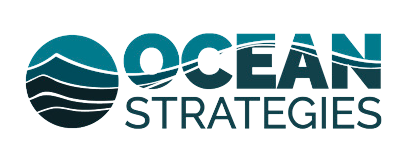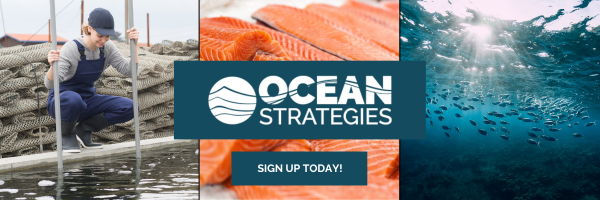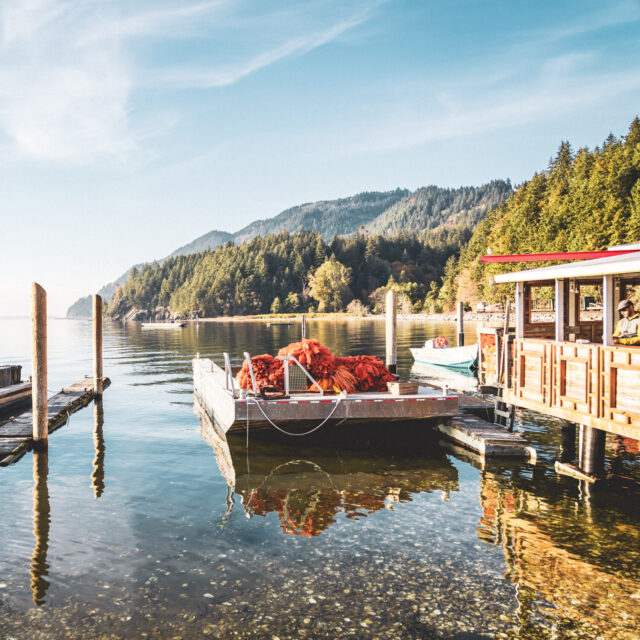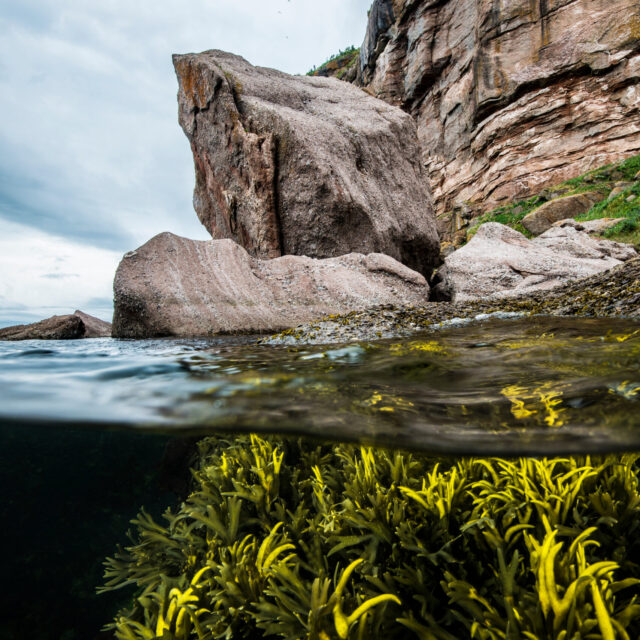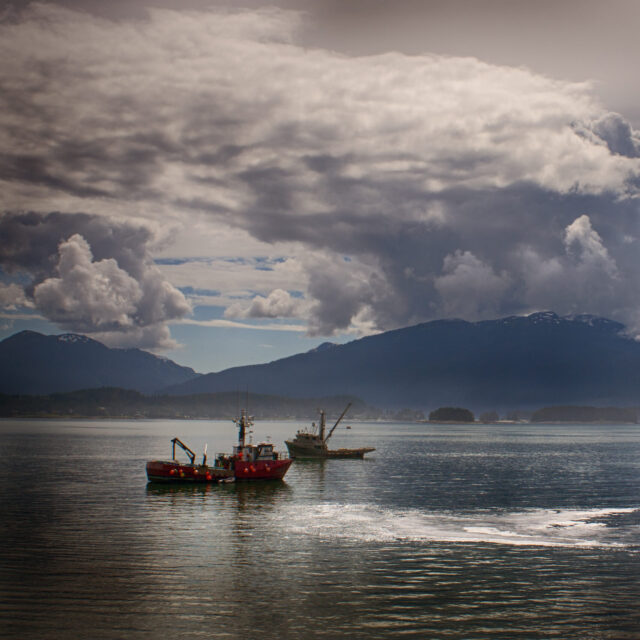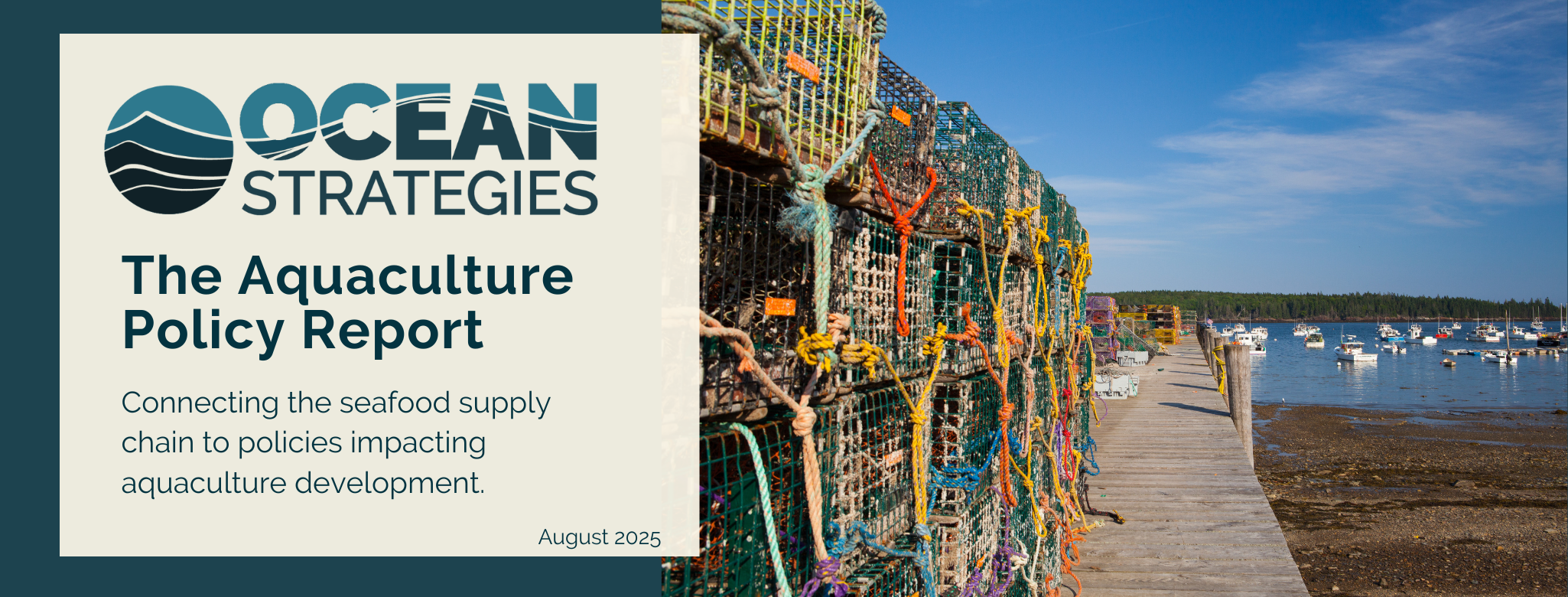
Ocean Strategies is a public affairs firm specializing in seafood, fisheries and marine resources.
This report provides policy and industry updates for those who rely on access to sustainable U.S. seafood. Sign up here.
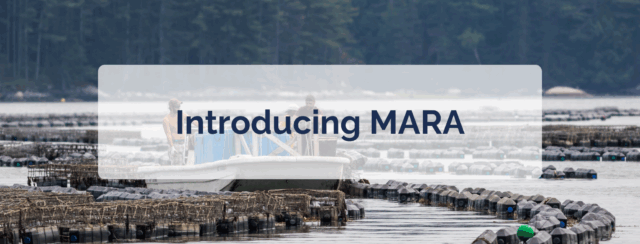
Following the long-anticipated introduction of the Marine Aquaculture Research Act (MARA) in the Senate this month, we’ve been reviewing our own work in the domestic aquaculture arena from the last several years.
MARA (and its prior iterations, the SEAfood Act and AQUAA) is groundbreaking in that it’s working to establish new industry expansion in federal waters, which requires consultation with other agencies and other maritime industries. Like any legislation that crosses stakeholder groups, this one follows years of cross-industry and cross-community conversations.
This type of legislation has the potential to support existing working waterfront infrastructure while also opening new revenue and investment streams for coastal communities, not to mention the value that local seafood offers in the realm of domestic food security.
With so much value on the table, it’s critical to engage with and incorporate feedback from a range of stakeholder groups.
In 2021, Ocean Strategies teamed up with Meridian Institute to gather stakeholder feedback on potential aquaculture expansion, both nearshore and offshore, fed and unfed. The organizations also investigated the successful integration of nearshore net pens off the coast of Kona on Hawaii’s Big Island.
Feedback from the commercial fishing sector included generally positive perspectives of unfed aquaculture and generally skeptical views of fed aquaculture. However, the Hawaii operation of Blue Ocean Mariculture served as a case study in commitment to community integration. Furthermore, the feedback from commercial fishing communities was based on prior experience with fed aquaculture. If the experience was good, then fishermen had a positive outlook on the industry. If the experience was less positive, then so was the perception of the industry as a whole.
The report from that work was published by Meridian in 2022, and the less formal OS report from our Hawaii visit can be found on Ocean Pulse.
We are eagerly diving into MARA using these reports as a rubric, getting feedback from stakeholders around the country, and analyzing how it compares with its predecessors. Stay tuned for a forthcoming special report from Capitol Hill, which will include our full analysis of MARA.
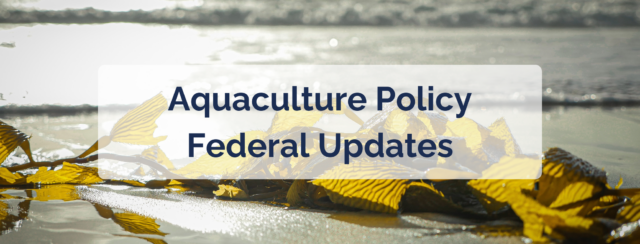
Tariffs continue to cause uncertainty in domestic and global markets, hampering business planning for many seafood and seafood-adjacent sectors, and worrying grocery retailers whose margins are already narrow. The upshot for domestic seafood is the long-term potential for increased parity with some imports. The downside is that a chaotic business atmosphere is rarely good for any industry dependent on a steady stream of imported components and confident buyers.
In addition to MARA, several seafood and aquaculture bills have been introduced on the Hill in the last few months. While the Agriculture Improvement Act (Farm Bill) is expected to be extended by another year, there is some talk about a so-called Baby, Skinny or Mini Farm Bill forthcoming from the Senate. Funding for many of the bill’s programs that have been extended year to year — since the last Farm Bill was passed in 2018 — expire at the end of September. (We published our own skinny on the Farm Bill last August, and we’re still hoping for more support of the aquaculture and seafood provisions with the goal of ensuring they are kept in the final bill.)
In June, senators from Maine and Alaska reintroduced the Working Waterfronts Act, which includes a suite of support and protections for coastal economies.
The Keep Finfish Free Act was reintroduced in late April. It proposes requiring Congressional approval for commercial aquaculture facilities in federal waters, a massive hurdle that is likely aimed at keeping aquaculture permits out of federal waters, full stop. One possibly unintended consequence of the bill is that it could establish federal waters as pay to play, leaving only the largest global aquaculture companies vying for the opportunity to lobby Congress for such approval. Interestingly, the act is co-sponsored by Alaska Sen. Dan Sullivan. Meanwhile, Alaska Gov. Mike Dunleavy is actively campaigning for the state to change its constitution to allow some finfish farming in state waters.
Reports & Publications
Seafood Funding
“Fish, funding, and food systems: a review of the U. S. Department of Agriculture’s recent history of grant funding in support of the seafood sector (2018–2023).” New research (made possible by the Alaska Sustainable Fisheries Trust in collaboration with Dr. Joshua Stoll from the University of Maine) shows seafood gets just half a percent of USDA food funding, and identifies significant opportunities to enhance U.S. seafood competitiveness with increased investment.
Technical Memo
Scientists at NOAA Fisheries released a new technical memo on aquaculture gear for resource managers: The Technical Guide to Marine Aquaculture Gear.
New Jobs
Aquaculture could generate as many as 22 million new jobs by 2050, if stakeholders capitalize on the $1.5 trillion dollar investment opportunity in the sector over the same period.
Work in Progress
For coastal fishing communities endeavoring to protect access to their fisheries and fisheries habitats, efforts to deal with the legislation remain a work in progress, reports National Fishermen in early July.
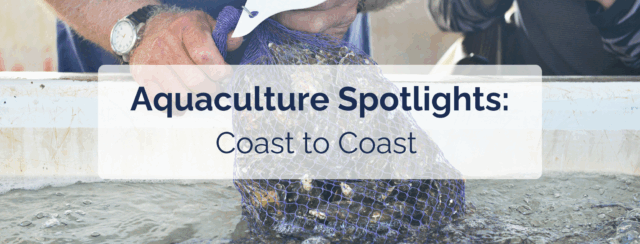
West Coast
- Learn more about the next steps for a geoduck farm in Washington State as Taylor Shellfish and Friends of Burley Lagoon have reached an agreement.
- Pacific Northwest colleagues and friends – don’t miss our latest WA Aqua Bites publication where we provide industry news, views, and information relevant to shellfish and seaweed aquaculture in Washington State. Sign up here to receive it directly.
Alaska
- The Alaska AOA process (roadmap found here) continues to inch forward with the next opportunity for public engagement appearing as the Notice of Intent to prepare a Programmatic Environmental Impact Statement anticipated winter 2025.
California
- Big applause for our friends and colleagues over at Fed By Blue. An episode from their Hope in the Water aquaculture docuseries has been nominated for an Emmy.
New England
- Harpswell, Maine, residents collaborate in cross-industry working group to chart fisheries and aquaculture operations, and smooth the path for lease applicants.
- Maine also passes a bevy of aquaculture and waterfront bills.
Mid-Atlantic
- Good news from the East Coast as Oysters Are Breathing Life Into the Chesapeake Bay while the world’s most ambitious oyster reef restoration nears completion.
- August 5th marked National Oyster Day from coast to coast and while we can’t jump on the bandwagon of every seafood-related holiday (oh but we wish!) this shrimp and oyster jambalaya recipe from the North Carolina Sea Grant folks is a good start to continuing the celebration.
Gulf of America
- A new global hub for regenerative aquaculture will open in La Paz, Mexico, to advance ocean-friendly farming and sustainable food systems.
- Judge blocks Trump’s plan for industrial fish farming in the Gulf.
Great Lakes
- An Aquaponics/Aquaculture Boot Camp, held in Ohio, will train participants to become aqua-farmers through a one-year program, free for accepted participants, that includes online, classroom, and field training paired with mentorship from some of the industry’s top leaders. Application deadline is September 5th.
- August 26, 2025, Fish, Funding and Food Systems webinar hosted by Local Catch Network; virtual
- Sept 2-4. 2025; Global Shrimp Forum; The Netherlands
- Sept 4, 2025, 11am EST; Aquaculture Nexus; virtual
- September 5th deadline. Apply now for the Cooperative Institute Fostering Aquaculture Research & Marketing (CIFARM). NOAA Office of Oceanic and Atmospheric Research (OAR) in collaboration with the National Marine Fisheries Service invites CIFARM applications that will: directly support NOAA’s Research and Development Vision Areas by advancing key goals in aquaculture, fostering innovation, promoting environmental stewardship, and more.
- September 8th – 11, 2025; 79th Annual Shellfish Conference and Tradeshow, hosted by the Pacific Coast Shellfish Growers Association and the National Shellfish Association-Pacific Coast Section; Vancouver, Washington
- September 11, 2025, How to boost the profile of fisheries in sustainable food systems webinar hosted by 3Keels; virtual
- September 23, 2025, 9th Annual State of Science Symposium, hosted by the Seafood Nutrition Partnership; Washington, DC
- November 9-11, 2025, Local Catch Network Seafood Summit; Gulf Shores, AL
- November 20-22, 2025, Pacific Marine Expo; Seattle, WA
- March 22-26, 2026; National Shellfisheries Association 118th Annual Meeting; Portland, OR
Here is a list of links to our most recent policy reports. You are always able to find them on our Ocean Pulse Blog. If you’d like to receive them directly, just sign up here.
